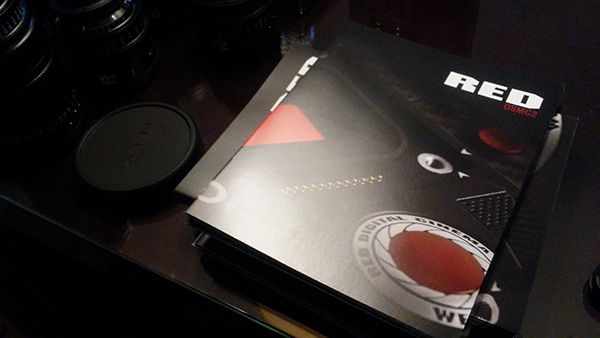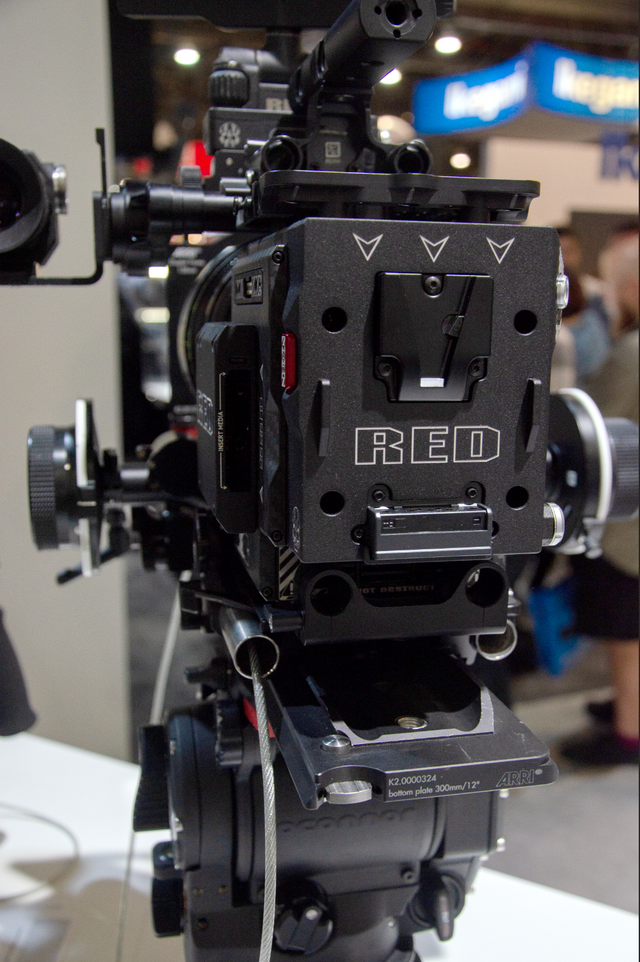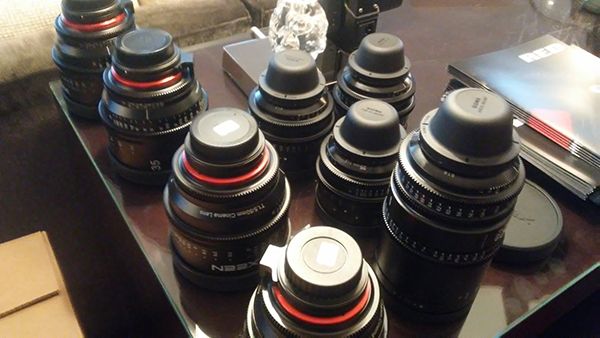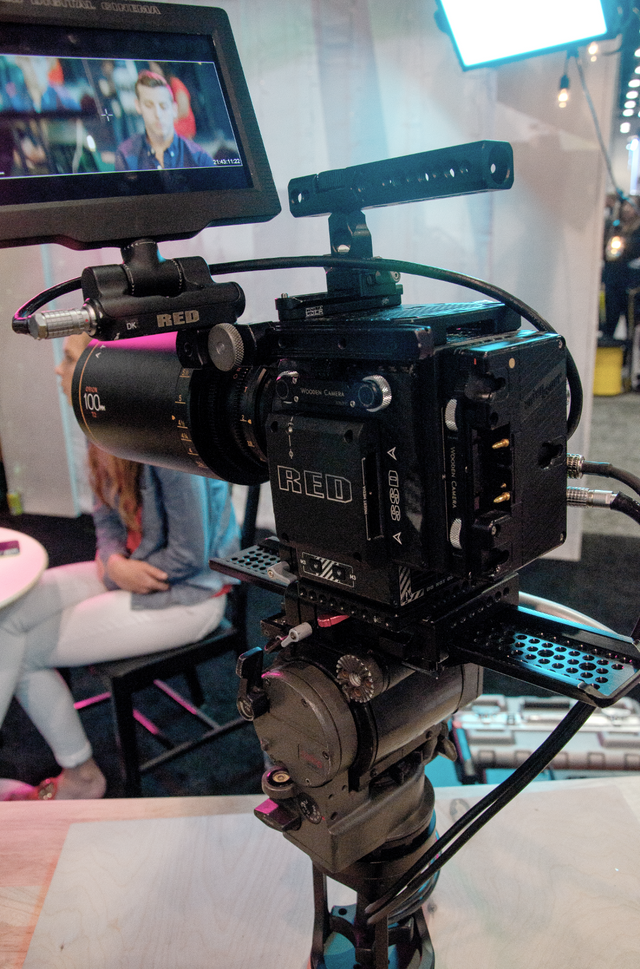The RED Camera Experience, Up Close and Personal
During NABShow 2018 week, I got a special invitation from a vendor to attend a private event held by RED Camera at the Bellagio. Once again I was prepared to be amazed by this amazing camera, and also curious about the soon to be released smartphone called Hydrogen One. RED is known for their quality in products, notably the Weapon camera series that shoot up to 8K of high resolution video. Perhaps the main reason not everybody has a RED camera is the price. It was meant to be a professional media image capturing device that is for production. Many recent movies have been shot with RED cameras, like Guardians of the Galaxy II, Deadpool, Captain America: Civil War, The Circle, Jurassic World … and the list goes on so that is just to name a few big budget productions. I do notice that even hobbyists and vloggers on YouTube are willing to invest money to buy a RED camera, and with good reason. MKBHD aka Marques Brownlee and the Linus Media Group, popular tech bloggers and influencers, use the RED camera for their video clips on YouTube. Is that not overkill for YouTube? It is but it can be justified with good reasoning. Shooting in 8K is definitely overkill, even for any professional production company since 8K television sets and monitors are not even common or fully available from retail (as of Q1 2018).

There are two types of 8K. There is standard 8K @ 7680 x 4320 (33.1 MP) and Full 8K @ 8192 x 4320 (35.4 MP). With all those pixels making up your image resolution, that is plenty of detail. That information includes the sharpness, shadows, color gamut and contrast in the image capture. This is great for formats that use HDR which really brings out the most specific details. Now when you downscale that resolution to common 4K and 1080p video resolution, it still preserves the quality from the 8K capture. You may lose the details from 8K, but it still compresses the pixels down to a high quality ratio. Downscaling from 8K to 4K is like a 1:2 ratio of pixel downsizing, but the details still look great. Nevermind the loss of pixels, the image actually looks clearer and cleaner. What’s great about that is that it also removes some unwanted noise from too much detail and you get a smoother transition in the image quality. So if you shoot in let’s say 16K format and watch it in 8K, it is much like 8K to 4K. The quality is still superb and even more so when shot at higher resolutions and downscaled. You can zoom all the way in with the least amount of blur and pixelation, more solid and smooth. So it is still fine to have a Full HD 1080p TV to watch a downscaled 8K video, no need to go out and buy an actual 8K TV.

The RED representative James, introduced me to 4 lines of their DSMC2 camera models that were using professional Leica lenses or Sigma lenses. There was the Epic Gemini 5K S35 with Standard OLPF, the full frame Monstro 8K, the RED Dragon RED Raven 4.5K and the WEAPON Helium 8K S35. I was most impressed with it’s low light shooting capability, and credit also to the Leica lens. A RED body with Leica glass, good combination. The Leica-M Lenses demonstrated are compatible with WEAPON, SCARLET-W, and EPIC/SCARLET BRAINs only. Now I would have loved to share an image captured from any of the RED cameras, but they use a proprietary storage format called Mini-Mag. It also requires different equipment for processing than a DSLR. Data rates on the Mini-Mag vary but are capable of 300 MB/sec which does not really seem that impressive. It is pretty much like a SATA2 storage controller’s speed.

I learned some new things about the RED camera that I had not yet encountered. One thing that it is capable of is capturing the moment even when you are not prepared. The RED camera system uses advanced buffering to allow cameraman to suddenly capture a scene from let’s say a live event or show. When this feature is enabled, the few seconds the cameraman missed is actually still captured from buffer even before the cameraman presses to record it. The sensors on RED cameras also have 16 stops of dynamic range which was once thought impossible on digital cameras. This wider latitude allows cinematographers the ability to take on more challenging lighting conditions. Shadows are crushed and details are exposed for truly stunning imagery.
The RED camera was meant for professional cinema quality video, but it also takes brilliant stills. So you can shoot image at 35.4 MP like a DSLR and shoot video as well. From a workflow perspective, RED has it simplified for post production. R3D is RED’s proprietary format that provides non-destructive linear editing supported by the many software editing programs. Besides the R3D format, it also supports simultaneous recording in Apple’s ProRes or Avid’s DNxHR/HD. Now what I really like about RED is it’s small form factor which can be modular as well. You can bring it to shoot like a DSLR on the streets, and then mount it on a tripod or rig for more complex shoots. Now about the smartphone, RED wasn’t really going to talk about that. They were more focused on the cameras, so any new thoughts on the Hydrogen One will have to wait until it’s release or reveal (target release is mid or late 2018 as of this writing).

Check out RED Camera:
http://www.red.com/